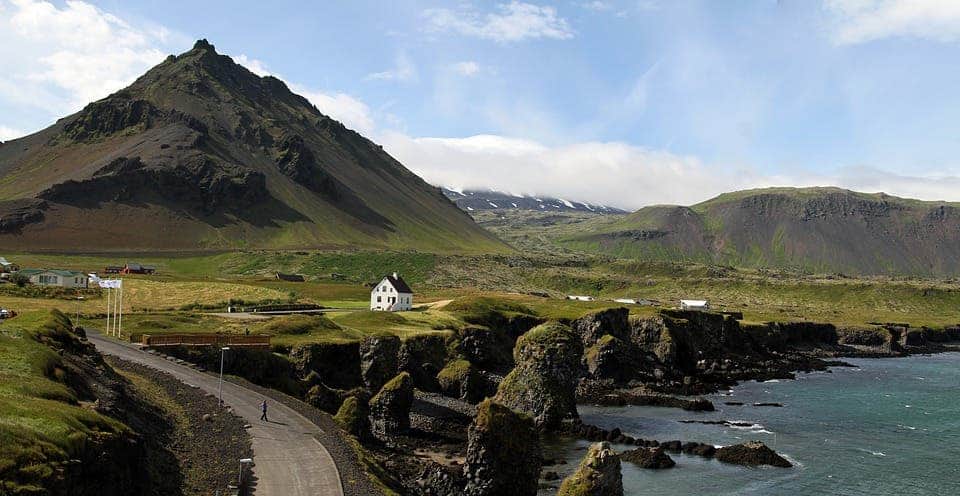Iceland is trying to heal its Viking-induced wounds — by reforesting.

Image credits Monica Volpin.
Iceland is currently considered the least forested country in all of Europe, but this wasn’t always the case. At the end of the ninth century, as Vikings from Norway first set foot on the island, a quarter of it was covered in lush birch forests. The Vikings, however, cut down almost 97% of these trees to obtain building materials and make room for crops and pastures.
Today, less than 0.5% of Iceland is forested, according to the United Nations Food and Agriculture Organization (FAO). Locals joke that, because the forests here are so rare and so young, all you need to do to find your way around them is to stand up. Partly as a way to address climate change, partly as a way to prevent environmental degradation, and partly out of a desire to simply see the island blanketed in forests again, Iceland is now trying to reforest itself, according to AFP.
Forestland
Iceland, sadly, isn’t a very welcoming place for trees. Its harsh climate and active volcanoes (which periodically cover the soil in layers of lava and ash) make it hard for trees to take root and grow here. However, the lack of trees is particularly bad news for Iceland; without their roots to support it, the soil here erodes quickly and can’t store water very well. All in all, this means Iceland is experiencing extensive desertification despite its northern latitude
The country has made reforesting one of the priorities in its 2018 climate action plan, citing carbon uptake by trees as an important avenue for Iceland to mitigate climate change.
Reforestation efforts that began in the 1950s and the 1990s have helped replant some of these forests, but there is still much to do. For example, the Icelandic Forest Service (IFS) has been tasked to turn the alien landscape of Hafnarsandur, an 8,000-hectare area of basalt and black sand in Iceland’s southwest, into a forest. This is meant both as a way to increase forest cover in Iceland as well as a method to protect the nearby town of Thorlakshofn from recurring dust storms. The IFS is now busy planting lodgepole pines and Sitka spruces in the area
“This is one of the worst examples of soil erosion in Iceland on low land,” Hreinn Oskarsson, the IFS head of strategy, explains about Hafnarsandur. “We are planning an afforestation project to stabilise the soil,” Oskarsson added.
Iceland’s only domestic tree is the birch. However, the IFS focuses its afforestation efforts on other species. The problem with the native birch, according to Adalsteinn Sigurgeirsson, deputy director of the IFS, is that it isn’t a “productive species”. For objectives such as fast carbon sequestrations or timber production, it just doesn’t cut it — so the IFS is branching out from monocultures using this single native species.
Iceland is now peppered with nursery gardens that feed the country’s afforestation efforts with young poplars and pines. These are grown indoors for three months and are afterward moved outside.
“Originally, they come from Alaska but now we have 30, 40, 50 year-old trees giving us seeds, so we collect that and we use that for forest seedlings production,” Holmfridur Geirsdottir, a 56-year-old horticulturist and greenhouse owner, told AFP.
Once in the wild, these trees have an uphill battle to fight. Iceland’s soils are very poor in nitrogen, an essential element for plants, limiting the average growth rate of trees here to around one-tenth the rate observed in the Amazon rainforests. However, climate change might offer an unexpected boost in these trees’ growth rates.
“What has mainly been hampering growth of forest here has been the low temperatures and the coolness of the summers, but we are realising changes in that because of climate change,” said forest service deputy director Sigurgeirsson.
“Warming appears to be elevating tree growth in Iceland, and therefore also the carbon sequestration rate,” he continued.
Since 2015, Iceland has planted around 1,000 hectares of forest (between three and four million trees).


